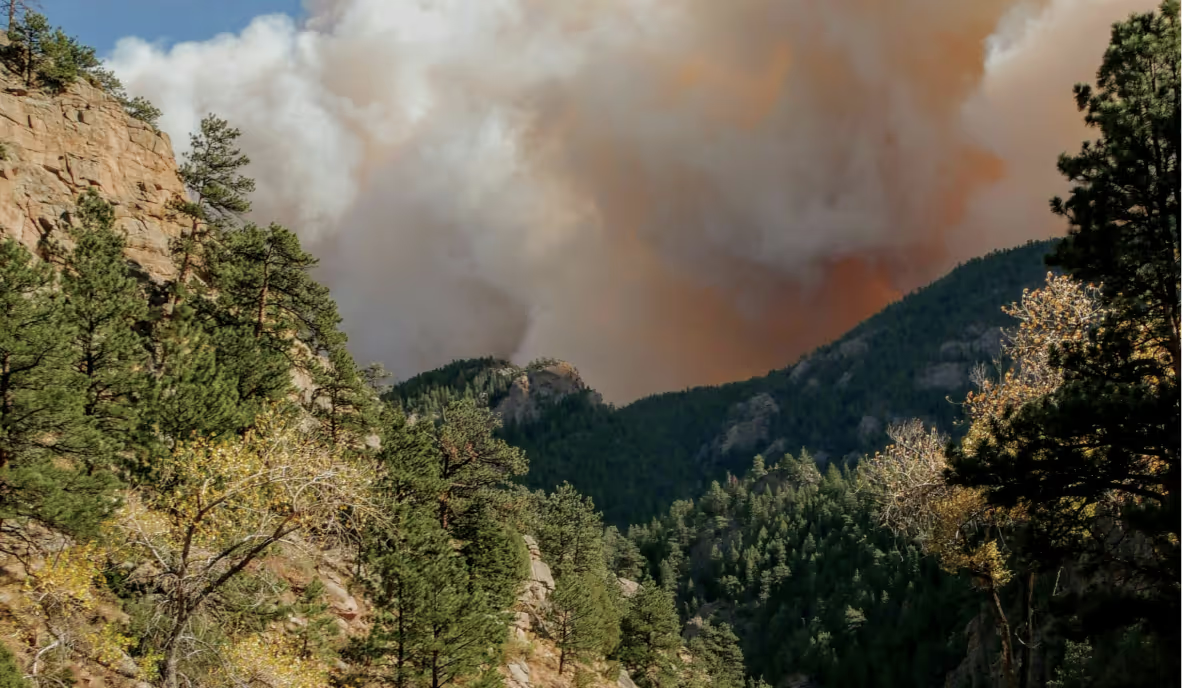Why Do We Need to Build Climate Resilience?

Join the community





We need to cut carbon emissions to tackle the climate crisis. This means shifting from fossil fuels to renewable energy sources.
But even if we take aggressive measures such as shutting down all the coal and gas plants and banning the use of gas-powered vehicles, the effects of climate change will persist. We've already released so much carbon into the atmosphere that it will continue to affect us for decades.
So, we must reduce emissions and also learn to manage the impacts we can't avoid. This is what climate resilience is about.
{{cta-join2}}
What is climate resilience?
Climate resilience is a combination of climate mitigation and adaptation activities working together.
While we need to cut down the greenhouse gases in the atmosphere that are primarily responsible for the climate crisis (adaptation), we also need to build houses and buildings that can deal with flooding and sea level rise and plant trees to reduce extreme heat events in cities (mitigation).
Unfortunately, climate change impacts certain sections of society such as people of color, low-income households, the elderly, and the disabled more than others. So we need to make sure that climate resilience is built in a just and equitable manner.
The mitigation measures such as installing wind and solar energy projects should benefit and not harm the vulnerable communities. On the adaptation front, we should ensure that elderly, disabled, and homeless people are safe during a disaster such as a hurricane or wildfire.
Several individuals, businesses, and communities in the U.S. have come together to build and implement climate resilience plans. This includes safeguarding corals in Puerto Rico, building more flood-resilient healthcare structures in New Orleans, and building a road flooding fix in California.
What can we do as individuals?
As individuals, we can also play our part. The EPA has created the Climate Change Adaptation Resource Center (ARC-X) to help residents prepare for the impacts of climate change. You can browse by your state to find information about climate risks and mitigation measures specific to your area.
You can also prepare for emergencies at home to better handle such events:
- For hurricanes, flooding, and wildfires, create and practice an evacuation plan with a backup route and know the nearest shelters.
- For wildfires, set up a designated emergency meeting spot outside the hazard area and choose a family contact person out of state.
- For extreme heat, recognize heat illness signs like a body temperature of 103°F or higher, and know community cooling centers.
- During an evacuation, take your emergency kit, unplug appliances, turn off utilities if possible, and avoid flooded roads.
If you have pets, identify shelters or pet-friendly locations in advance for them during an evacuation. There are also mobile apps that can assist with emergency preparedness.












